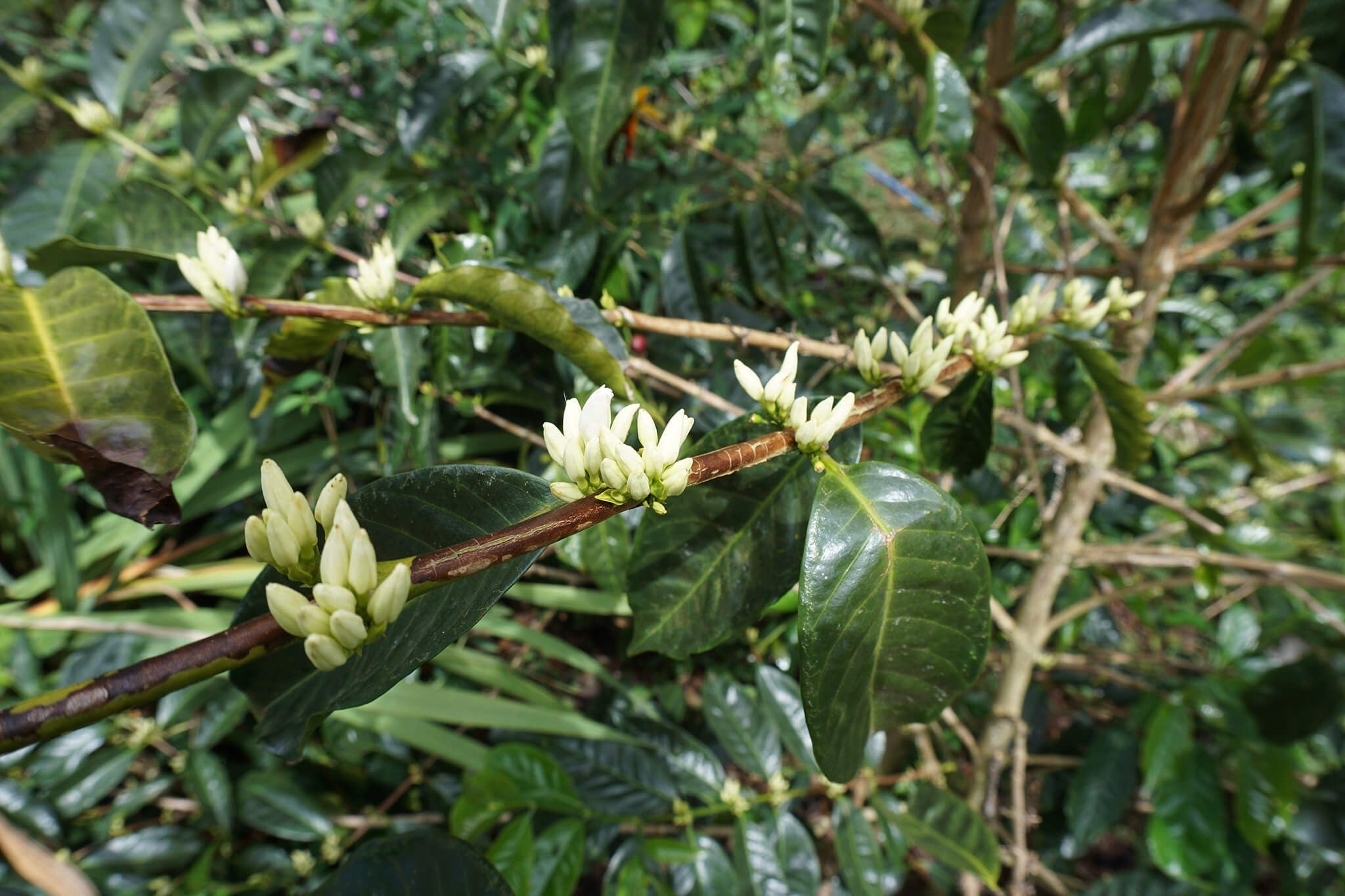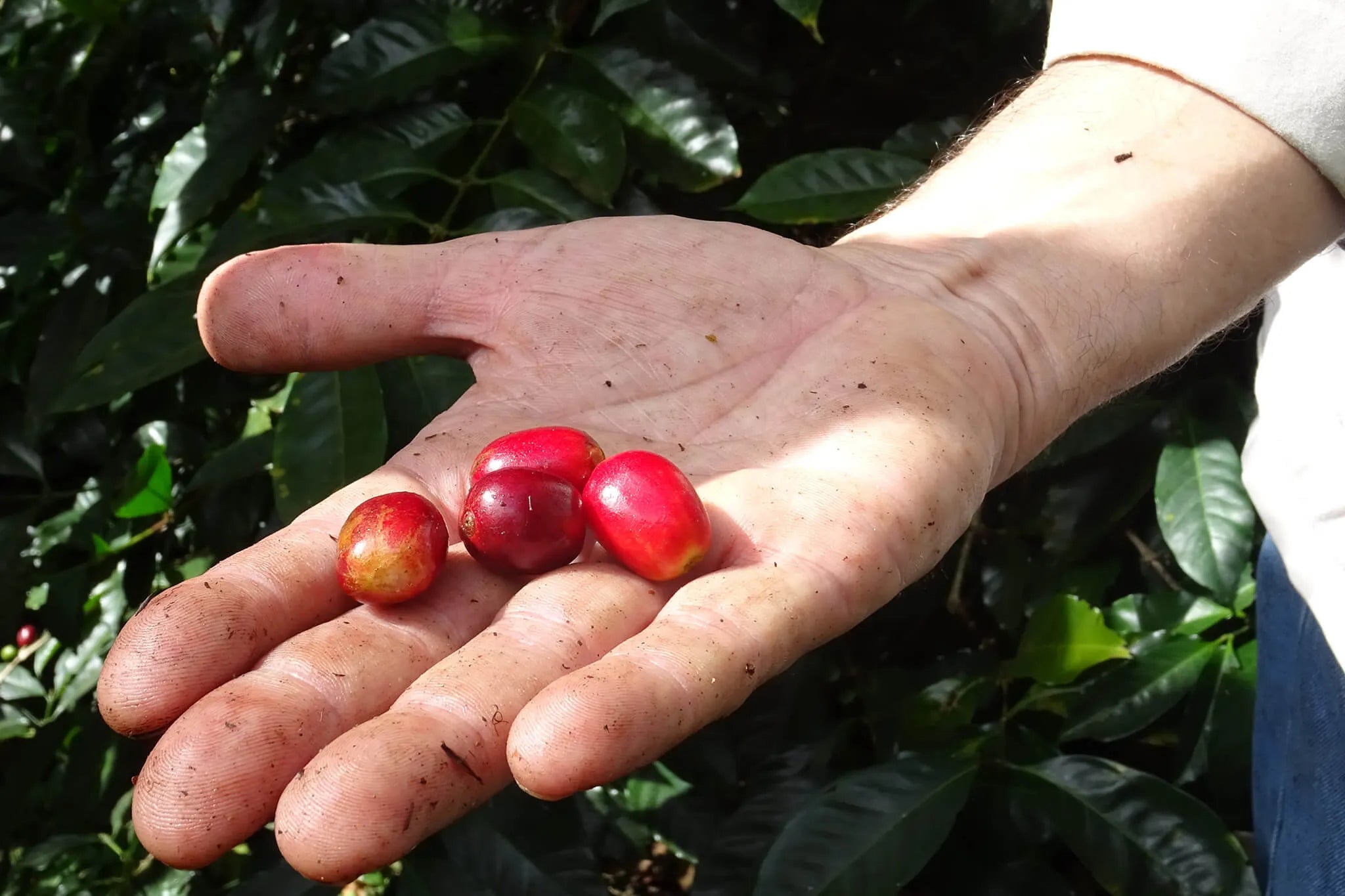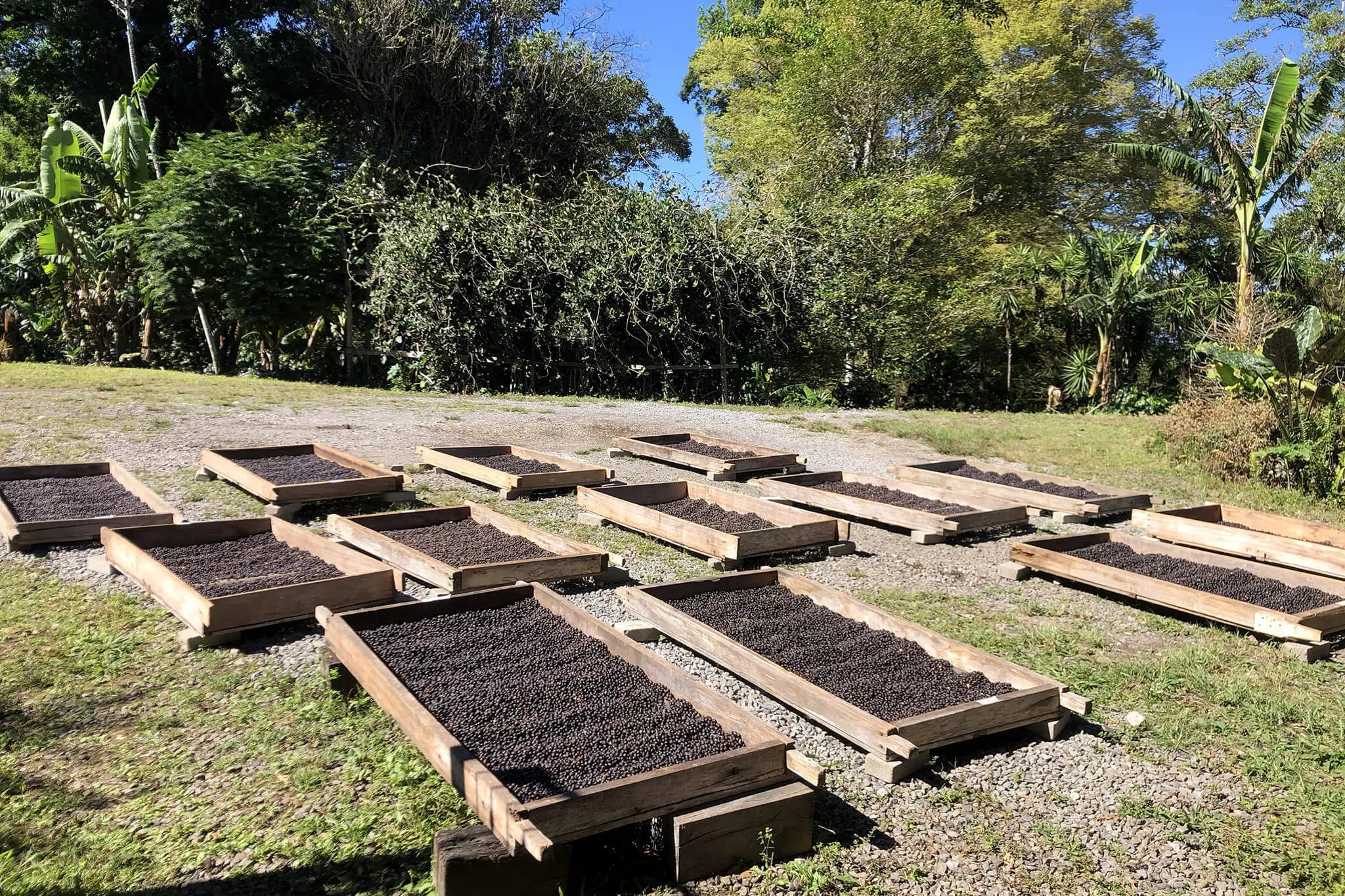
Wush Wush Or Gesha? Exploring Five Rare Coffee Varietals
From Ethiopia to Panama, Gesha to Wush Wush; here we explore five of the many brilliantly complex, rare, and celebrated varietals that form some of the most exceptional, world-class coffees.
Coffee Varietals
Variety, or varietal? There’s plenty of talk – and confusion – on the matter, with different views and opinions on how things in the speciality coffee world are named and classified. To keep things simple, here’s how we refer to coffee at Origin.
Coffee, as a plant, is the species (in biology, a species is a group of organisms that can reproduce with one another in nature; in coffee, this had led to some incredible hybrids—but more on that later). The two most common coffee plant genus (a class of things that have common characteristics, and that can be into subordinate things) are Arabica, and Robusta. When we refer to a variety, we’re talking about the type of coffee plant genus: at Origin, we work solely with the Arabica genus (variety). Under this variety, are hundred of incredible, unique, Arabica varietals.
Country to country, region to region, coffee varietals are celebrated for how they grow in different climates, and at different altitudes, with producers exploring growing techniques and processes to help their chosen varietals thrive. Some are known for growing better than others in certain conditions, and producers will often seek out varietals that are tolerant to disease, and produce high, quality yields. Some producers, though, will accept the risks, growing varietals that can prove tricky, require high maintenance, or produce a low yield crop, enjoying the challenge, and reward of producing an exceptional, award-winning coffee.
Wush Wush
Wush Wush has gained steady popularity in recent years, with many speciality coffee roasters celebrating the unique and complex characteristics that, while often compared to Gesha, stands out on its own merits, and with good reason.
Wush Wush is a beautifully varied varietal, where sweetness is prevalent, and a delicate, floral, and fruity range of flavour potential can be harnessed. As well as being distinctive in tasting note range, the Wush Wush bean is unconventional in appearance, all often unique and small—which means the roaster needs to take great care in getting the roast recipe just right: smaller beans are often denser, meaning there’s a greater chance of further sweetness development during the roast.
Wush Wush is known as an heirloom varietal, named after the place it was first found. Like Gesha, Wush Wush originates from a small area – Wushwush (one word) – in the Southwest of the country where, thanks to the fertile highlands, tea is also grown.
Just like Gesha, the varietal made its way to South America; the fertile soils and high altitudes in Colombia provide ideal growing conditions for the crop. The varietal is known to possess a good tolerance to a range of climates but produces a low yield. Wush Wush is prone to adapt and change, with tree morphology varying significantly: this means that, when farmers wish to replant, mature tree selection is required in order to ensure a consistent crop.


Gesha
First things first: Gesha, or Geisha? You’ll see this varietal spelt both ways, but we opt for Gesha, connecting the name back to its roots in Ethiopia, first found in the Gori Gesha Forest in the country in the 1930s.
Since fuelling imaginations and curiosity back in 2004, it’s fair to say that the Gesha varietal is one of the most famous of coffee varietals, rare or otherwise. Originally from Ethiopia, the varietal gained overnight recognition in Panama after it floored a panel of industry-leading coffee professionals at a Best of Panama competition. It’s renowned for breaking records for cup score, and price per cup—so what’s the hype all about?
Gesha arrived in Panama in the 1950s, and despite some reluctance from farmers, with the varietal’s reputation for low productivity and brittle branches, there were those that were willing to take their chances, discovering Gesha’s hardiness and tolerance to leaf rust. Those willing to take the risk have been well rewarded: the Gesha profile is celebrated for its exceptional quality: clean, expressive, and complex. Floral, tea-like notes, and jasmine sweetness are well associated with the varietal, and coffee professionals and fanatics around the world still celebrate the varietal over 20 years on, with cups still breaking price records and scores, year after year.
Papayo
The Papayo varietal – thought to be named because of the elongated shape of the coffee cherries, which are reminiscent to the papaya fruit – is rare, with very little known about its origins, or how it came to be in Colombia; today it is very rarely found outside the region of Acevedo, Huila. Originally thought to have been a mutation of the Caturra varietal, genetic testing carried out by the World Coffee Research has indicated that the Papayo varietal bears close relationship to Ethiopian landrace varietals.
The Papayo varietal is strong, and highly productive, known for producing a sweet and tropical cup, commonly with delicate notes of black tea.
Pink Bourbon
This exceptionally rare hybrid is a natural mutation between the yellow and red Bourbon varietals, first originating in Colombia. Named after the colour the cherries turn (an orange-y pink) when ripe, this varietal is difficult to grow and isolate to ensure the cherries stay pink; the colour also makes it hard for pickers to determine when the cherries are perfectly ripe. As the varietal is a natural mutation, the recessive gene that makes it pink, is easily pushed aside, and the fruit returns to yellow or red.
Despite the varietal’s need for high maintenance, a successful crop can produce a celebrated cup of exceptional quality, with sweet, fruity, and floral notes, a delicate body, and complex acidity.
Tabi
Released in 2002 by Cenicafe, Colombia’s coffee research institute, this hybrid of Typica, Timor, and Bourbon was developed as part of the country’s efforts to combat leaf rust. The name means ‘good’ in Guambian – a descriptor that, for a varietal that excels in smoothness, aroma, and acidity, does this brilliant varietal no justice.
--
Keen to learn about more about coffee varietals? Read our guide to even more coffee varietals.